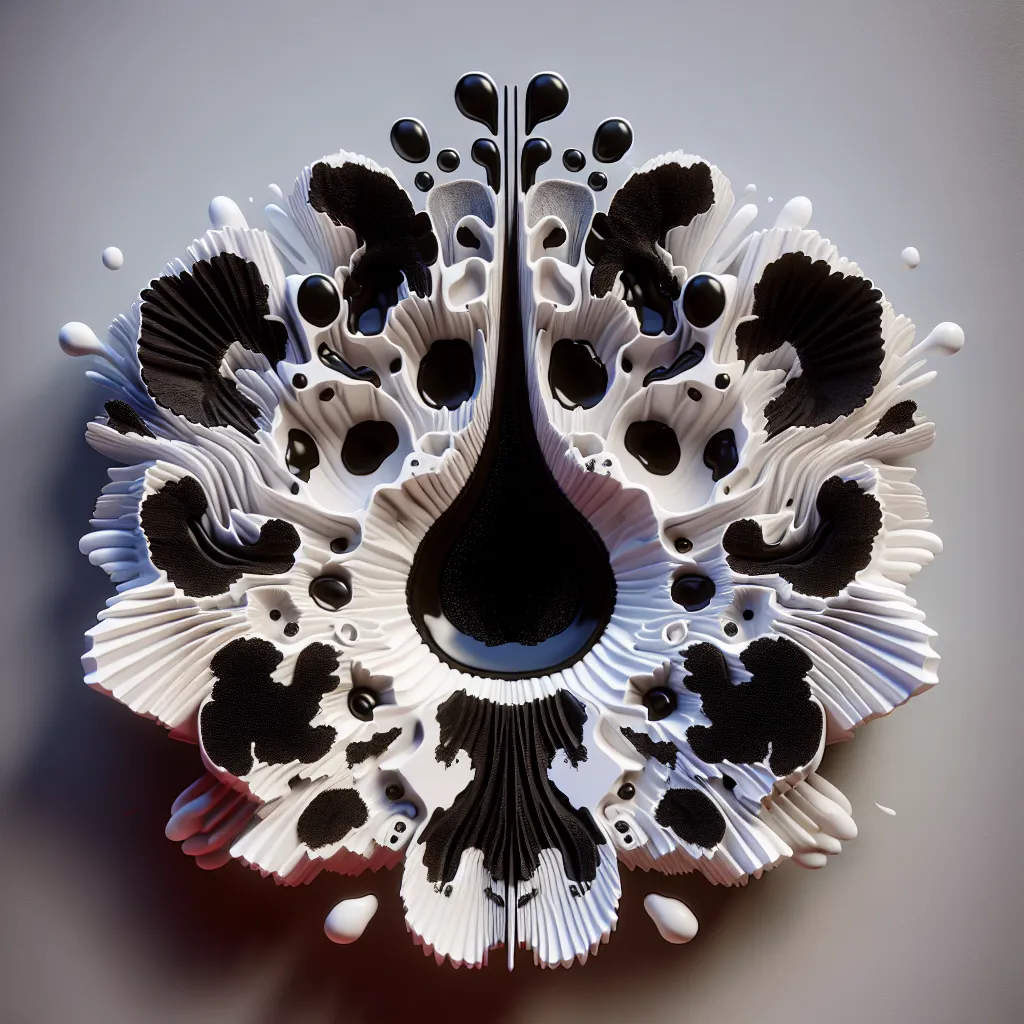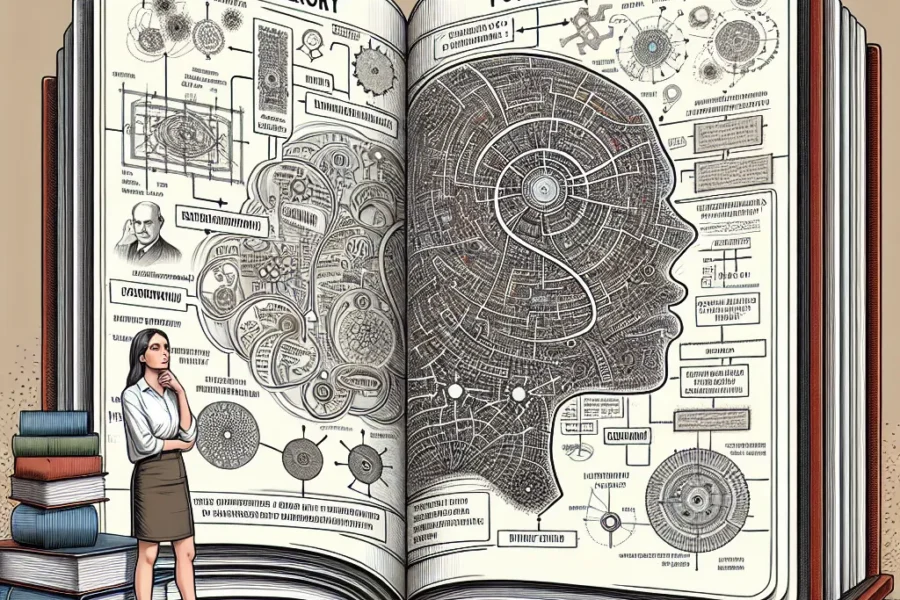The Rorschach test, a name that echoes with mystery and fascination, continues to be one of psychology’s most intriguing and widely known diagnostic tools. Developed by Hermann Rorschach in the early 1920s, this psychological evaluation involves the interpretation of inkblots to understand an individual’s personality characteristics and emotional functioning. While often thought of as a cryptic blend of art and science, the real essence of the Rorschach test lies far beyond the mere observation of ink patterns on paper.
Embarking on a journey to decode the Rorschach test demands a deep dive into the subconscious mind, where imagery and interpretation coalesce to unveil the layers of an individual’s psyche. The test consists of ten standardized inkblots, each uniquely designed to evoke a response that will shed light on the respondent’s inner world.
The test’s administration is conducted in a two-phase process: the Free Association phase and the Inquiry phase. During the Free Association phase, individuals are presented with each inkblot one at a time and prompted to share what they see. This unfiltered, uncensored reveal is at the heart of the test’s ability to capture spontaneous cognitive and emotional reactions. Following this, the Inquiry phase takes place, where the examiner delves into the details, asking the participant to explain why they saw what they did in the inkblots, thereby gaining a more comprehensive understanding of their thought processes.
To truly understand the Rorschach test, it’s essential to grasp the concept of projection. This psychological phenomenon occurs when individuals attribute their own emotions, desires, and thoughts onto an external stimulus. In the case of the Rorschach inkblots, the ambiguous images act as a blank canvas onto which people project their internal experiences. By analyzing these projections, psychologists can uncover patterns, thoughts, and emotions that the individual may not be consciously aware of.
Accuracy and interpretative skill play a crucial role in the test’s effectiveness. It’s not as simple as seeing a butterfly or a wolf and drawing conclusions about one’s mental state. Rather, the Rorschach test is based on a complex scoring system that takes into account various aspects of the responses, such as the location of the focus in the inkblot (which part of the inkblot is being observed), the determinants (what features of the blot influenced the perception, such as color, shape, or texture), content categorization, and the originality of the response.
Moreover, the test looks beyond the content of the response, analyzing the form quality – how well the individual’s perceptions match the actual inkblots, the frequency of the responses, and the thematic content that emerges. The resulting score is then compared against normative data to provide insights into personality structure and potential psychological disorders.
However, the Rorschach test isn’t without its critics. Some in the psychological community argue about its validity and reliability, suggesting that different interpretations can be subjectively influenced by the administering psychologist. In response to these criticisms, Exner’s Comprehensive System was developed as an attempt to standardize the interpretation of the test and enhance its scientific rigor.
Despite the ongoing debates, the Rorschach test remains a fascinating and valuable tool within clinical psychology, psychiatry, and even in the legal system. When used correctly, as part of a broader battery of assessments and within the context of a thorough clinical evaluation, the insights gleaned from the Rorschach test can be an efficient route to understanding complex psychological conditions and providing a unique window into an individual’s unconscious mind.
The applications of the Rorschach test stretch far beyond the clinical setting. In the realm of personality assessment, the test can offer nuanced perspectives on personal strengths, interpersonal relationships, coping strategies, and even the potential for creativity. It has been used to assess cultural and social dimensions within personalities, given how individuals’ interpretations can be influenced by their environment and experiences.
The role of the Rorschach test is also notable in forensic psychology, where it can be instrumental in understanding the psychological profile of defendants, uncovering potential motives, or assessing their competency to stand trial. Clearly, as a multidimensional tool, the Rorschach inkblot test provides a unique approach for a wide array of psychological inquiries, whether for diagnostic, prognostic, or research purposes.
As technology progresses and modern psychological assessments evolve, digital versions of the Rorschach test have emerged, allowing for more precise scoring and potentially expanding the boundaries of the test’s application. From research laboratories to private clinics, the digitalization of the Rorschach test signals a transformative shift in how we decode the intricacies of the human mind.
To go beyond the inkblots when engaging with the Rorschach test is to recognize its role as a bridge between conscious thought and the rich, often unexplored, territories of the subconscious mind. This symbolic bridge is not a straightforward path but rather a winding route that reveals the complicated interplay between perception, emotion, and cognition.
Clearly, the Rorschach inkblot test is more than just a psychological party trick or an obscure method from the past; it’s an enduring and evolving technique that resonates with the complexity of human nature. It continues to captivate professionals and laypeople alike, drawing them into a world where psychology meets imagination and where the answers lie hidden within abstract splatters of ink. Decoding the Rorschach test is a task that challenges our understanding of human behavior and compels us to look beyond the surface, beyond the inkblots, to the profound depths of the human psyche.



Leave a Comment